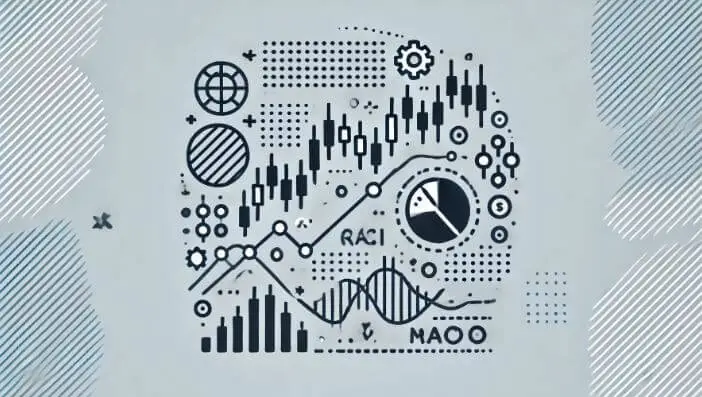Introduction Forex trading offers multiple strategies tailored to different trading styles and time commitments. Two of the most popular approaches are day trading and swing trading. Each style has its unique characteristics, benefits, and challenges. This blog explores the differences between day trading and swing trading in Forex to help you determine which might suit your trading goals and lifestyle best.
What is Day Trading?
Day Trading involves buying and selling currencies within the same trading day. Traders open and close positions quickly, capitalizing on small price movements within the market hours.
Characteristics of Day Trading
- High Frequency: Involves making multiple trades in a day.
- Short-term Opportunities: Focuses on minor fluctuations in currency prices.
- Time Commitment: Requires constant market monitoring throughout trading hours.
- Risk Management: Typically employs tight stop-loss orders to manage risks.
Benefits of Day Trading
- Quick Results: Profits and losses are realized within the same day.
- No Overnight Risk: Positions are not held overnight, avoiding potential losses from market gaps.
- High Liquidity: Day trading during peak hours increases liquidity, reducing the cost of trading spreads.
What is Swing Trading?
Swing Trading is a strategy that involves holding positions for several days to capitalize on expected directional shifts in currency prices.
Characteristics of Swing Trading
- Moderate Pace: Positions are held for several days or weeks.
- Less Time-Intensive: Does not require constant market monitoring.
- Broader Market Movements: Capitalizes on trends rather than short-term fluctuations.
- Risk Tolerance: Involves holding positions through overnight and possibly weekend holds, which can be susceptible to market gaps.
Benefits of Swing Trading
- Less Stressful: Requires less screen time and constant decision-making.
- Greater Profit Potential: Positions held over longer periods can capture more significant market moves.
- Flexibility: Suitable for those with a day job or other commitments.
Day Trading vs. Swing Trading: Which is Better?
The choice between day trading and swing trading in Forex depends on several factors:
- Time Availability: Day trading is more time-consuming and suits those who can dedicate the entire trading day. Swing trading is more flexible for those with limited daily trading time.
- Personality and Trading Style: If you prefer fast-paced and action-packed trading, day trading might be more suitable. If you are patient and like to analyze longer-term trends, swing trading might be the way to go.
- Risk Tolerance: Day trading requires strict discipline in risk management, while swing trading requires patience and a broader risk tolerance.
Conclusion
Both day trading and swing trading offer viable paths to success in Forex markets. Your choice should align with your trading style, risk tolerance, and time commitment. Consider starting with a demo account to practice each style and see which aligns best with your objectives.
Tip: Use platforms like MetaTrader 4 or 5, provided by brokers like IG Markets or Forex.com, to simulate both trading strategies effectively.



